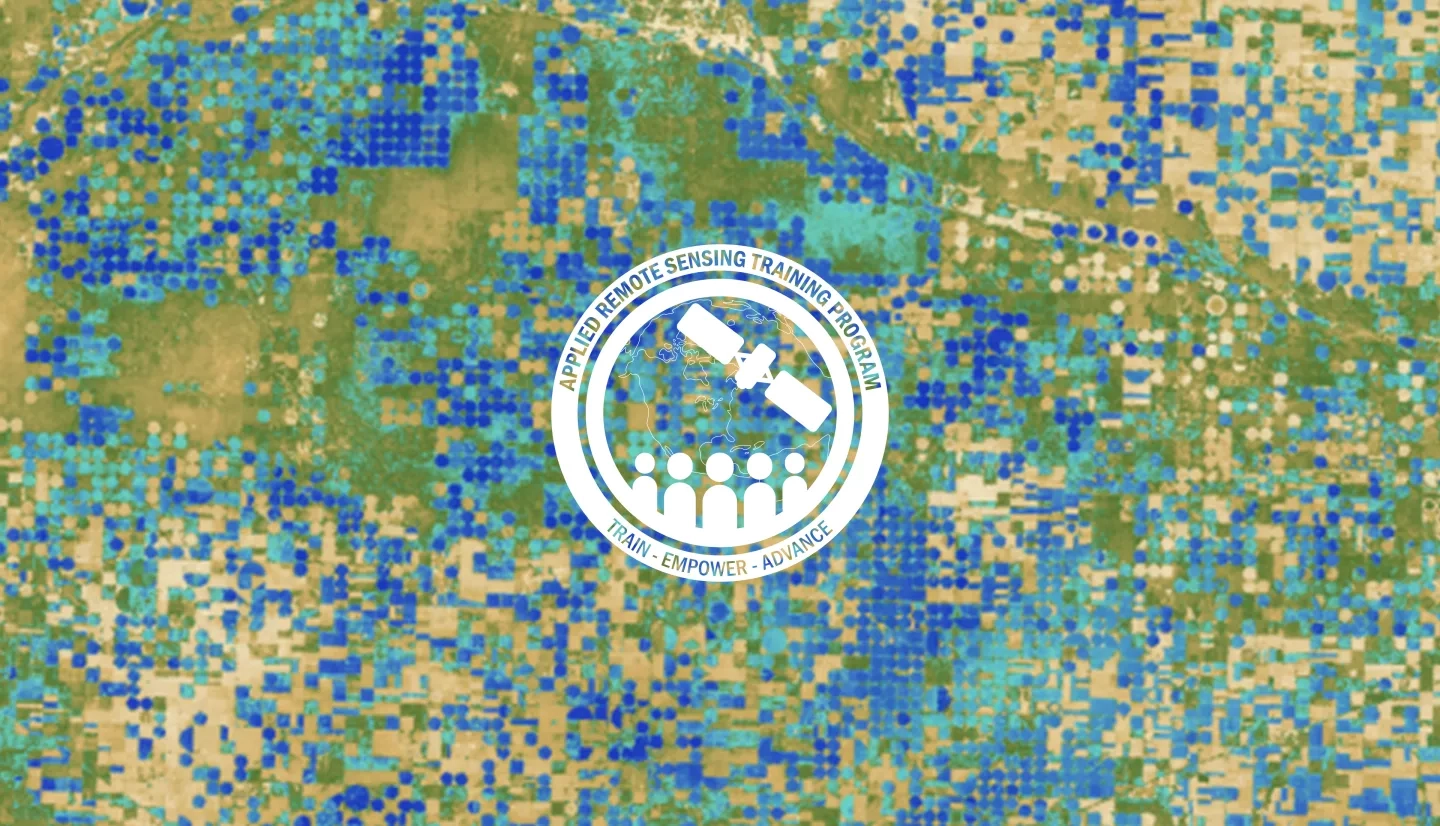Description
Join us for ARSET’s first lightning-style training, designed to support the high demand and interest from the applications community in new NASA Earth observing technologies that can be used to support resource management. This webinar will focus on a NASA instrument that was launched and installed on the International Space Station in Summer 2018. Designed to study terrestrial ecosystems and plant water stress from the ISS, ECOSTRESS can also be used to better understand crop health, volcanoes, urban heat, wildland fires, coastal systems, and much more.
The primary science and applications mission of ECOSTRESS is to address three critical questions around vegetation health and agriculture:
- How is the terrestrial biosphere responding to changes in water availability?
- How do changes in diurnal vegetation water stress impact the global carbon cycle?
-
Can agricultural vulnerability be reduced through advanced monitoring of agricultural water consumptive use and improved drought estimation?
By the end of this one-hour introduction, attendees will understand:
- What parameters are monitored by ECOSTRESS
- How ECOSTRESS measurements are taken, including the spatial and temporal resolution of the data
- How to access and download ECOSTRESS data via LPDAAC
- Case study examples demonstrating the use of ECOSTRESS for land management applications
Local, regional, state, federal, and non-governmental organizations involved in land management, drought monitoring, and agricultural applications.
- One 1-hour session
This session will cover:
- Introduction to ECOSTRESS
- Data format, details, variables (resolution, etc.)
- ECOSTRESS case study examples
- Demonstration: ECOSTRESS data access via LPDAAC and AppEEARS
- Question & Answer Session
Materials:



